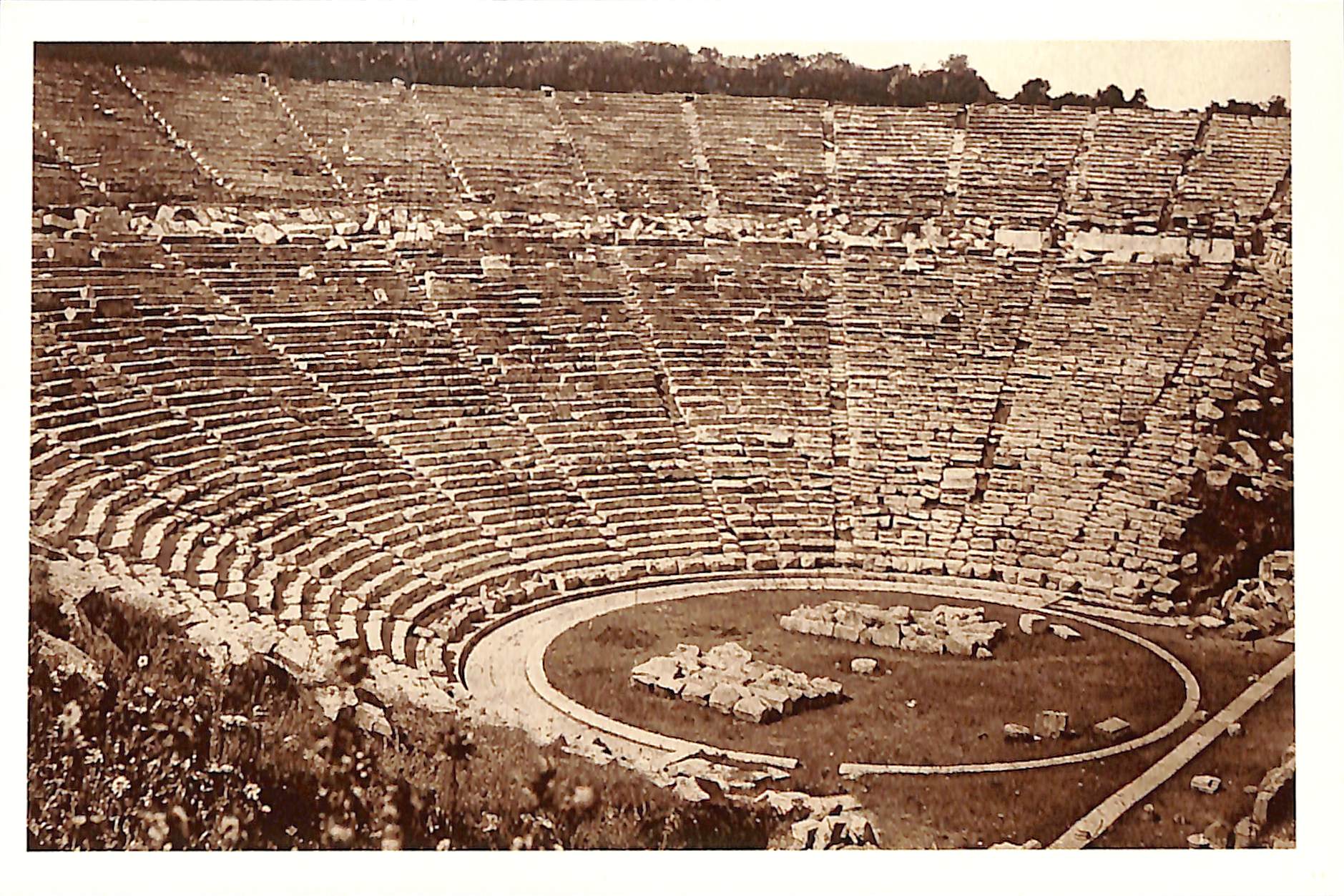
4/29/2025 10:03:27 AM
The Ancient Theatre of Epidaurus
The Ancient Theatre of Epidaurus is one of the most impressive and significant archaeological monuments in Greece. It was built on the slope of a hill using limestone material between 340 and 330 BC, during the reconstruction of the Sanctuary of Asclepius. The monument was constructed to host musical, vocal, and dramatic contests held during the Asclepieia festivals. It also served as a venue for drama performances, which were part of the cult worship of Asclepius.
In the mid-2nd century BC, the seating area (koilon) was expanded, increasing its capacity from about 8,000 to 13,000–14,000 spectators. At the same time, the stage building was modified so that actors performed exclusively on the logeion, the platform above the proskenion, rather than in front of it. During the Roman period, the theatre retained its Hellenistic features, even after being repaired following damage caused by the Heruli invasion in 267 AD, especially to the stage building. The monument was discovered during excavations by P. Kavvadias between 1881 and 1883. Restoration work was first carried out in 1907 and later between 1954 and 1963, focusing on the doorways of the parodoi (side entrances), retaining walls, and the extreme rows of seats in the original section of the koilon. Since 1988, the theatre’s preservation has been overseen by the Epidaurus Monuments Conservation Committee. Initial works included restoring the outer western section of the upper theatre, the doorway of the western parodos, and two drainage channels for rainwater from the orchestra. The monument is under continuous care, aiming to address deterioration caused by natural elements and active use. Pictured: The Ancient Theatre of Epidaurus in 1890. ©Municipal Photography Museum of Kalamaria ‘Christos Kalemkeris’.

